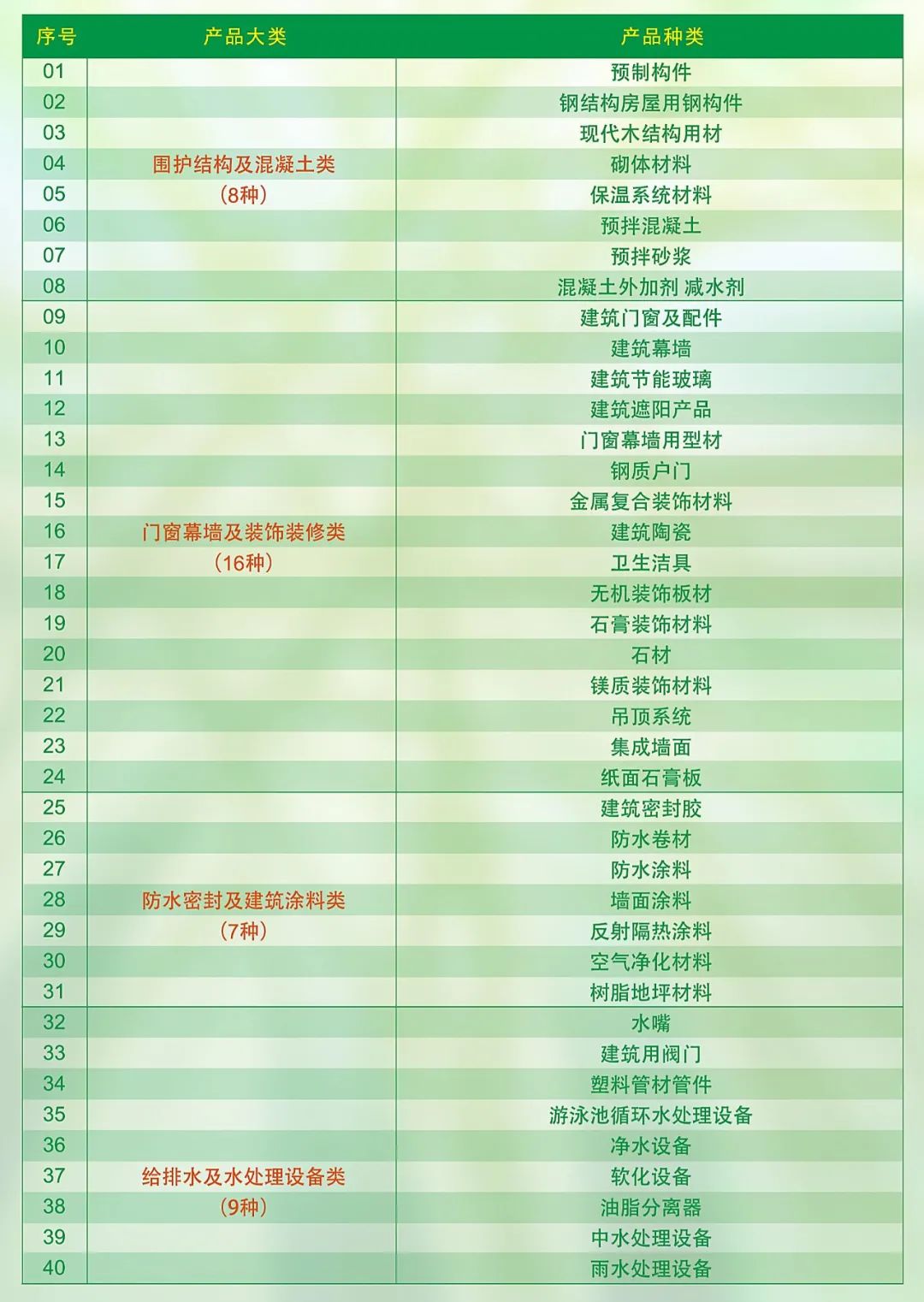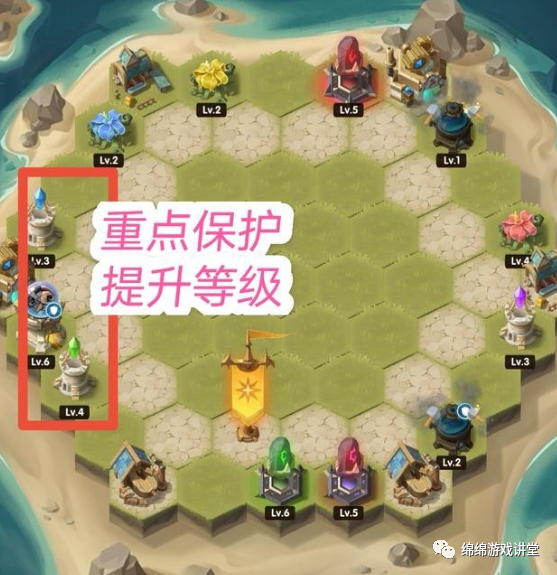In the foreword, the first two issues of the article introduce what is architectural 3D printing technology and the implementation process and difficulties of architectural 3D printing technology
.
This paper will show you some specific practical cases and introduce the future development direction of 3D printing technology
.
7、 On August 21, 2014, in Shanghai, 10 3D printing buildings were officially put into use in Qingpu Park of Zhangjiang High tech Industrial Park as office buildings for local relocation projects (Figure 11)
.
These 10 houses with instant noodle appearance texture are not built brick by brick by worker, but are printed by a 3D printer within 24 hours
.
Enter a 3D printing room: the diversity of design allows doors and windows to be reserved in the process of “printing”, and the embedded parts can be installed according to the needs
.
The distinctive wall is not cast with steel and cement, but with a special “ink”, according to the computer design drawings and plans, superimposed layer by layer “spray painting” on the site
.
Ma Yihe, the inventor of this technology and chairman of Shanghai Yingchuang Decoration Group Co., Ltd., showed reporters the video clips taken during the printing process
.
He saw a huge nozzle, like a cream mounted flower, continuously ejecting gray ink
.
The ink was arranged in a “Z” shape, stacked layer by layer, and soon built a high wall
.
After that, the walls can be built up like building blocks, and then the reinforced concrete can be used for secondary “printing” grouting to form a whole
.
On June 29, 2016, the world’s first 3D printing villa was unveiled in an industrial zone in Songzhuang Town, Tongzhou District, Beijing (Fig
.
12)
.
The walls of the villa are gray, dark green, with a conical roof and cylindrical walls on both sides of the main door
.
Into the villa, divided into two floors, each floor 6 rooms, the second floor of a simple decoration, air conditioning, power supply, network cable is also being installed
.
This villa took 45 days, with 3D printer, with reinforced concrete layer by layer overlay, now you can see the contour line, layer by layer overlay
.
The reason why it is called “the world’s first 3D overall printing villa” is that the villa is printed by a printer at the construction site, rather than printed in advance and then assembled, and the villa covers a large area
.
The walls and floor slabs of the villa are bound with steel bars according to the requirements of the construction industry, and C30 concrete steel bars are selected, with high strength, so it can resist the earthquake of magnitude 8
.
Due to the overall use of 3D printing villa, so the wall is not as flat as traditional buildings, but presents a thread shape
.
3D printing can not only save time and labor, but also realize “private customization” to complete the construction of various special-shaped buildings
.
On January 12, 2019, the world’s first 3D printing villa was designed and developed by Tsinghua University (School of Architecture) – Zhongnan land digital architecture joint research center, and the 3D printing concrete pedestrian bridge, which was jointly built by Shanghai wisdom Bay Investment Management Co., Ltd., was completed in Shanghai (FIG
.
13)
.
The three-dimensional solid modeling is adopted for the bridge
.
The shape of the bridge railing is like a ribbon
.
Together with the bridge arch, it forms a light and elegant posture, lying on the wisdom Bay pond in Shanghai
.
The bridge deck is coral pattern, and the gap between coral patterns is filled with fine stones to form a garden like road
.
Two machine arm 3D printing systems are used in the whole bridge project, and all concrete components are printed in 450 hours
.
The bridge body is composed of three parts: bridge arch structure, bridge railing plate and bridge deck plate
.
The bridge body structure is divided into 44 pieces, the bridge railing plate is divided into 68 pieces, and the bridge deck plate is 64 pieces, all of which are made by printing
.
The printing materials of these components are composite materials composed of polyethylene fiber reinforced concrete and various admixtures, which have controllable rheological properties and can meet the printing needs
.
The cost is only two-thirds of that of ordinary bridges
.
The pedestrian bridge uses the concrete 3D printing system technology developed by China
.
The system is integrated with innovative technologies such as digital building design, printing path generation and operation control system
.
It has the characteristics of good working stability, high printing efficiency, high forming precision and continuous working
.
The real-time monitoring system is installed on the bridge body, which can collect the data of stress and deformation state of the bridge in real time
.
It has a practical role in tracking the performance of new concrete materials and printing the structural mechanical properties of components
.
With the development of science and technology, fewer and fewer people are willing to engage in front-line physical labor
.
As a labor-intensive concrete construction industry, it will face a huge challenge
.
The emergence of 3D printing technology combined with 3D printing technology is undoubtedly a great blessing and has a very broad development prospect
.
3D printing technology in the construction process eliminates the cumbersome procedures of formwork removal, greatly simplifies the construction process, so that the construction speed can be increased to more than 10 times, but also can realize the full use of concrete, reduce the use of cement, but also can improve the service life of the building, reduce the generation of construction waste, reduce repeated construction, at the same time, 3D printing technology can improve the service life of the building Printing machinery only needs the control of a few technicians, reducing the number of construction personnel, which is in line with the development trend of today’s society
.
In addition, the technology can realize the printing of various shapes of buildings, and has less requirements on the environment
.
It can be applied to the exploration of outer space and quickly complete the construction of space base
.
At present, building 3D printing technology is in the initial stage of development, in order to achieve its generalization, we need to solve the key technology for its existing problems
.
The future research and development of 3D printing technology can be carried out from the following aspects: (1) research on concrete materials
.
At present, the understanding of building 3D printing technology is relatively preliminary, and there is a lack of systematic, theoretical and in-depth research
.
In order to make the building 3D printing technology develop rapidly, it is necessary to conduct systematic and in-depth research on the raw materials and preparation theory of concrete
.
Therefore, the new concrete mix proportion theory and new raw material requirements need to be improved according to the performance requirements, which will be the main research topic in the development process of building 3D printing technology
.
(2) The research of supporting software and hardware
.
Building 3D printing technology is a collaborative process of computer software and printing machinery
.
It will be a long-term process how to turn the 3D model in the computer into real object through the printing device controlled by software, better combine with the automation process, and make it achieve the best effect
.
(3) Research on printing technology
.
How to arrange the direction order of printing reasonably and control the omni-directional climbing of printing head are the important factors to determine the printing efficiency, and also the aspects that need to be paid attention to in the future research
.
At the same time, the printing height that can be achieved by the current building 3D printing technology is greatly limited, while the development of society makes the concrete building gradually develop to the high-rise direction, which requires new printing technology to realize the high-rise printing and to solve the problems of structural strength, reinforcement and so on
.
Thank you for reading the words / edited by Chen Zhichao / pictures by Wang Yueyue / reviewed by Chen Zhichao / Lu Xilei.
.



